Ethnographic Park in Tokarnia
Loess sector
TREADMILL WELL FROM PIŃCZOWSKIE MOUNTAINS
The treadmill well from the Pińczowskie Mountains (Michałów commune) was built around 1850 on the initiative of the landlord Dembiński (crest Nieczuja), owner of the mountains and neighboring Polichno. From archival records, it is known that a little later, three similar objects were built in the surrounding villages. Well equipment allowed to extract water from a depth of over 70 meters. It was necessary because the village of Góry is located on a rock ridge, which of course made the using of traditional wells impossible. The object consists of three basic elements: a deep well with a hole diameter of 1.5 meters (along with wooden crib on tje ground and walls protected by stones), a treadmill rotated by two horses, and a building covering the well. The treadmill consists of a wooden drum rotating around a vertical oak pole, called "the king", drawbars, to which horses were harnessed, guide rollers and 70 meters of hemp rope, lowered into the well. Two large stave buckets were hung on the rope. The building covering the well and the treadmill (maneuve) are formed by two connected, architecturally different elements: a quadrangular housing of a deep well and an octagonal structure protecting the transmission mechanism. The whole construction is covered with a common shingle roof. The building has a frame construction of the walls, boarded with wide boards. The well, being the joint ownership of the entire village, was used until 1978. Water was drawn from it three times a day. The treadmill well is one of the most interesting and valuable monuments of traditional rural construction in the Ethnographic Park in Tokarnia.
COTTAGE FROM KOBYLNIKI
The cottage from Kobylniki was built in the first half of the 19th century. The wooden, single-bay log building is covered with a straw hip roof. Originally the oak foundation of the building was not placed on the foundation, but on large field stones laid on the ground. The interior of the building has a chamber - room - hall - chamber arrangement. The walls are made of halve logs. The cottage windows are double-leafed, doors and beamed ceiling. The room has a stone kitchen with cope, bread oven and heater. The exhibition arranged inside the cottage presents a fragment of a wedding rite related to ritual called "oczepiny". It was a symbolic transition of the girl from maiden to marital status - the bride was seated on a kneading trough (placed upside down), the coronet was removed from the head and a scarf was worn while cutting the braid. Sometimes the groomsmen collected donations for young people during this rite. The room equipment in which a fragment of the wedding reception is displayed comes from the interwar period.
COTTAGE FROM CHROBERZ
The cottage in Chroberz (in Ponidzie area), was built in 1858. It originally belonged to the Juszczyk family. and was sold to the museum by Władysław Kubicki. The small one and a half bay house has the layout hall (with small room) - room - chamber. The walls of the building erected in the post-and-plank construction. The cottage has a hip roof, covered with straw. The door in the chamber and the entrance hall was set on a primitive "turnstile", equipped with wooden locks from the inside. In all rooms there are floors made of clay mixed with chaff and bran. The interiors recreate the conditions of life of an extended, poor rural family from the second half of the 19th century.
COTTAGE FROM ŚWIĄTNIKI
Weaver workshop
The cottage from Świątniki was built in 1758. It consists of residential rooms and a horse stable covered with one roof. It is a wide-front, one-and-a-half-bay building with the layout of rooms: chamber - hall (with stove) - chamber - stable. The walls of the cottage were built in a log construction, and the walls of the stable were built in a post-and-plank construction. The rooms were covered with a straw hip roof. The most interesting element in the cottage is the archaic chimney. Its construction consists of four converging upwards poles, placed directly on the ground. Perches between the poles were wrapped by straw braids and filled with clay to protect against fire. In the base of the chimney there is an additional small stove with sheets and a smoke duct open to the inside of the chimney. This duct is made of bottomless pots stacked on top of each other. The room has a typical kitchen stove, with a heater and a bread oven. On the ceiling beam there is a foundation inscription cut out next to three rosettes: Benedic Domine Et omnes chabitantes inea Anno Domini 1758. In residential and maintenance rooms, the floor is covered with clay. The entrance door to the hall is hung on an archaic "turnstile". In the chamber the dismantled weaving workshop and numerous tools for processing the fiber deserves attention. The Świątniki village, from which the residential building comes, was famous in the nineteenth century for weavers (men) called "thread-makers", weaving linen canvas on looms. The object was bought from Janina Gardyńska.
HOMESTEAD FROM GĘSICE
Educational farm
The homestead in Gęsice includes a cottage and a barn. The wooden house was built in 1852 by Paweł Masternak, a peasant managing 29 acres of land. The wide-front, one-bay cottage has retained many archaic features, characteristic of ancient construction from the neighbourhood of Łagów. These include, for example, a clay floor in the hallway, entrance door with a special type of hinges made of wood, or an really thick (20 cm) ceiling above the chamber. The building's walls made in the log construction, ale made of pine. Originally, the house was placed directly on the ground, without a stone foundation. The ceiling was made of planed boards. The central ceiling beam in the room the date of the house's construction and a cross inscribed in a circle were warved. The interior consists of a chamber, a hallway and a room. The house is equipped with a kitchen stove with metal sheet, extractor hood, bread oven and heating stove. The cottage was covered with a hip roof, covered with straw. The homestead also includes a nineteenth-century barn building, erected in a log structure with two drive bays and three silos. The building is covered with a hipped straw roof.
WINDMILL FROM PACANÓW
A Dutch type windmill from Pacanów was built in 1913. Its founder and builder was Michał Zasucha. The windmill milled the grain until the mid-1950s. In 1976, the mill was purchased for the Museum, and in 1993 it was moved to the open-air museum. The windmill is built on an octagonal plan, consists of three floors. It has a shingled roof built in rafter construction. It creates a movable "cap", which together with the wings - "sails" - can be turned in the direction of the wind using a massive wooden drawbar. The building was erected on eight oak beams laid on a field stone foundation. The walls were built in a frame and transom structure, boarded and covered with a single layer of shingle. The windmill mechanisms - propulsion and transmission - form two sails, a sails shaft, a brake wheel, a vertical shaft, two horizontal wheels, a pair of spindles and a pair of crown wheels. The mill's working mechanism consists of millstones, wooden covers and charging hoppers.
STONE FIGURE OF SAINT JAN NEPOMUCEN
This monument of small sacred architecture was moved to the museum from the lapidarium in Podzamcze Piekoszowskie. The sculpture dated 1844 was made of Pińczów limestone in an unknown stonemason's workshop. The inscription on the pedestal is inscribed in stone, which is difficult to read today. The founder of the figure was Teresa Buchoska, from her second husband Okońska. It was renovated in the 1930s by Marian Grzegorzewski, the owner of the Szydłówek farm located near Kielce at that time. Stone figures with the figure of Saint Jan Nepomucen constitute a characteristic element of the landscape of the Polish countryside. Saint Jan Nepomucen lived in the fourteenth century and was a canon of the cathedral of Saint. Wit in Czech Prague and vicar of the local archbishop. For alleged conspiracy against King Wacław IV, he was sentenced to death and after torture he was dropped from the Charles Bridge to the Veltava River. There was a common belief that the cause of martyrdom was a refusal to disclose the secret to the confession of Queen Joanna. Legend says that in the place where he drowned, light appeared in the water of the river, which - along with five stars burning in the sky - allowed to find his body. Saint Jan Nepomucen is usually depicted as a canon, with a crucifix laid on his forearm, or with his finger on his lips, a sealed letter or a closed padlock (these are symbols of the mystery of confession). This saint is considered a patron who protects bridges and protects against floods, protects drowning people and confessors.

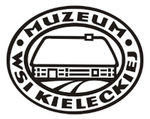
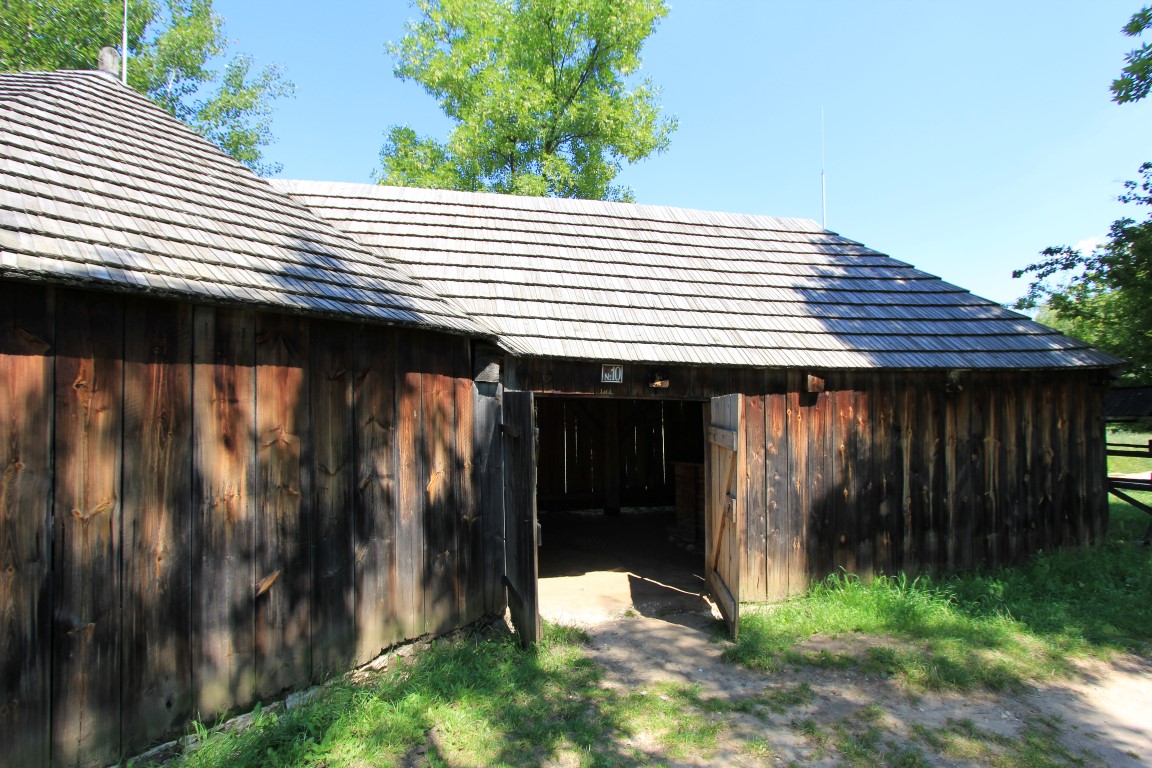
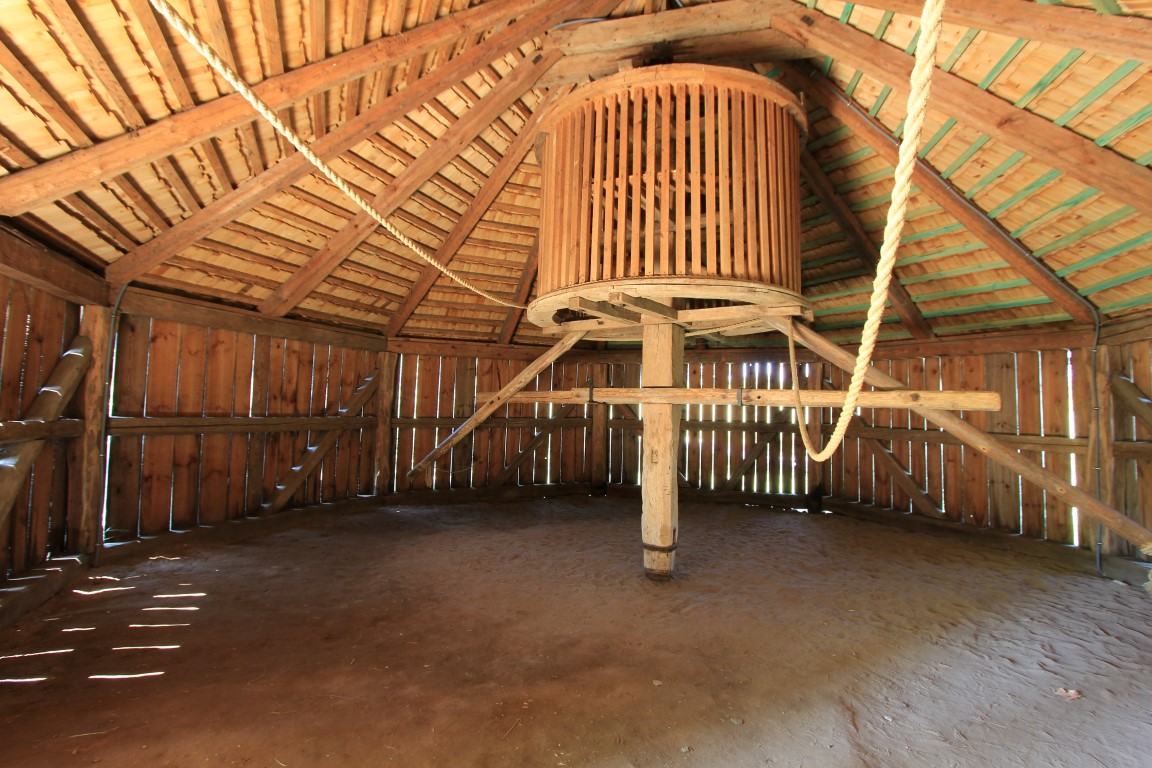
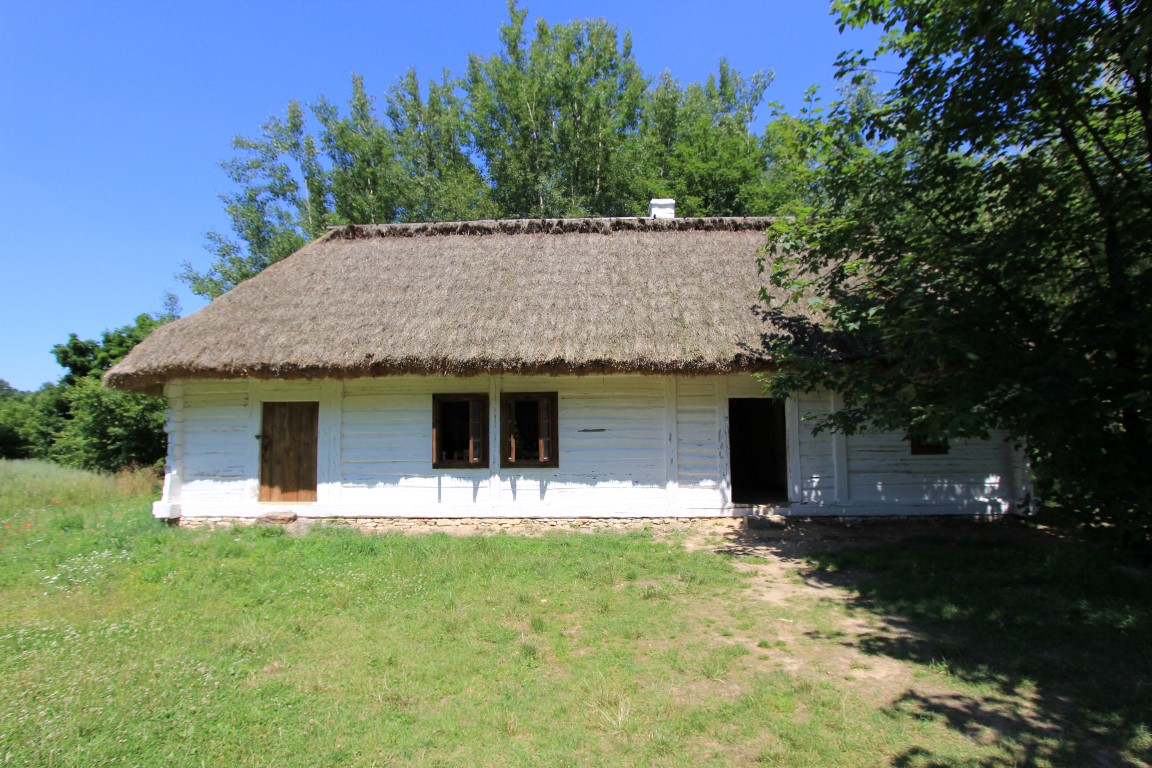
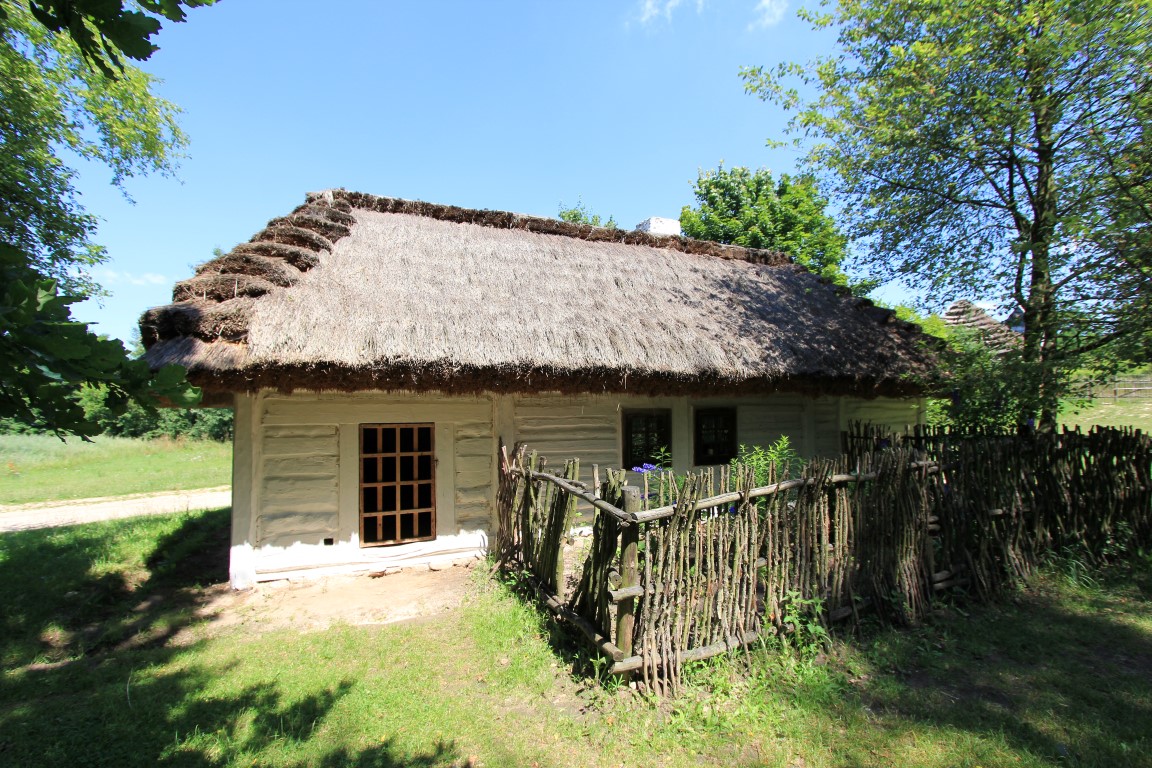
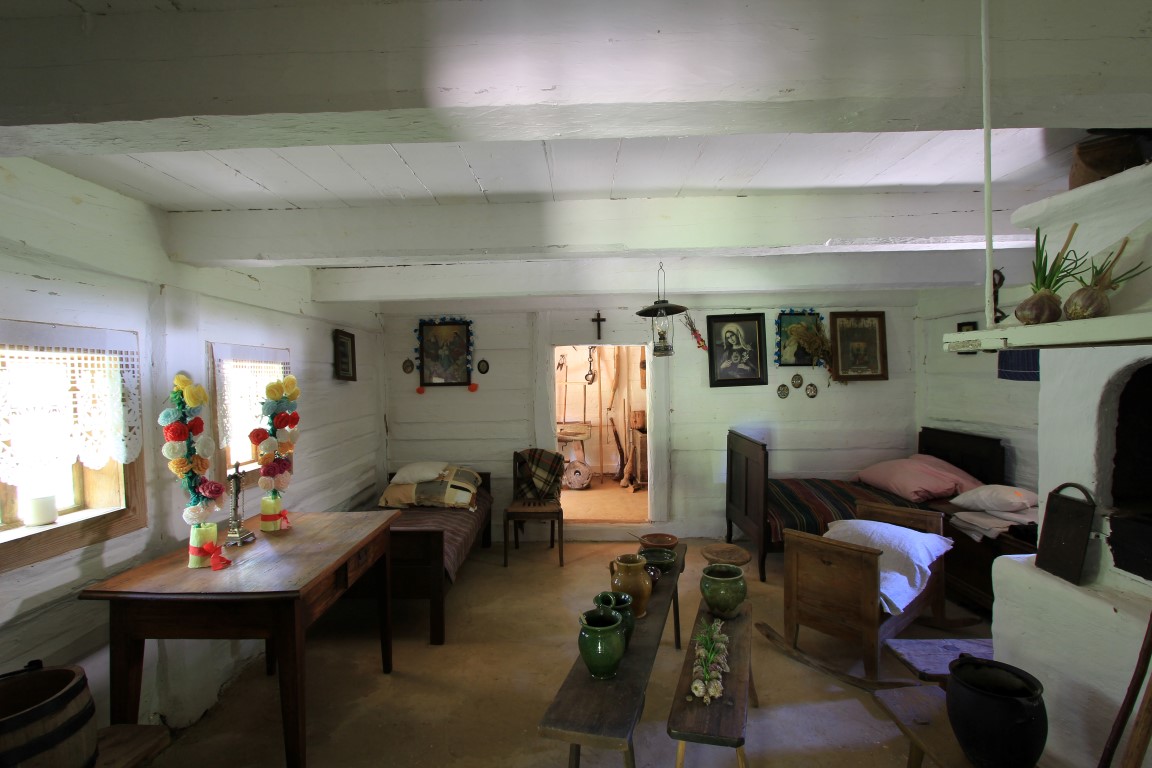
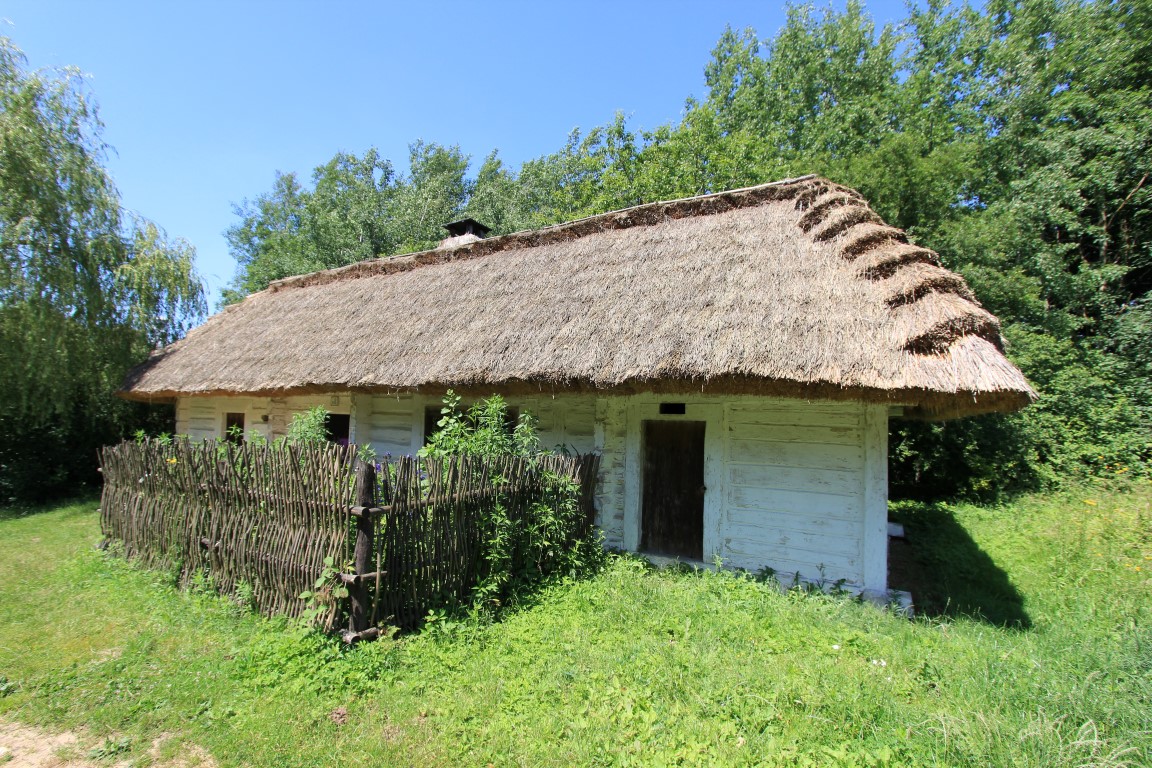



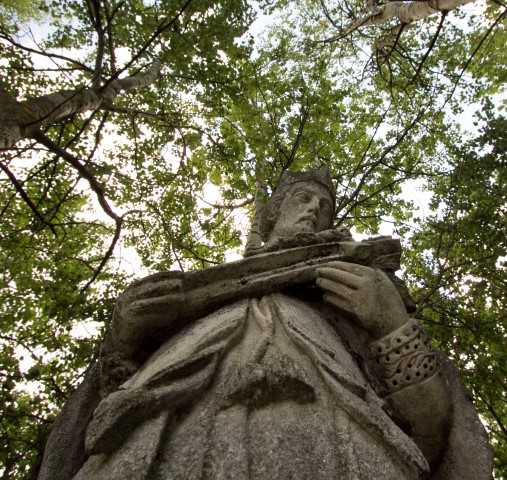
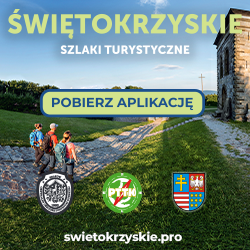
 Zakup współfinansowany ze środków Unii Europejskiej w ramach Europejskiego Funduszu Rozwoju Regionalnego na lata 2014 – 2020
Zakup współfinansowany ze środków Unii Europejskiej w ramach Europejskiego Funduszu Rozwoju Regionalnego na lata 2014 – 2020